
The Trek 1120 isn’t a new bike. It’s been around for a couple of years now. From the time that I saw an early photo of one of the rack prototypes, I’ve been intrigued by the cargo-carrying (bikepacking) capacity of the 1120 and its signature integrated rack system. The 1120 is very similar to a Trek Stache 29+ Wheels mounted to a pretty unique aluminum frame. The 1120 shares the same symmetrical elevated chainstay and adjustable Stranglehold dropouts, but it’s 15 mm longer than the Stache to accommodate loaded touring.
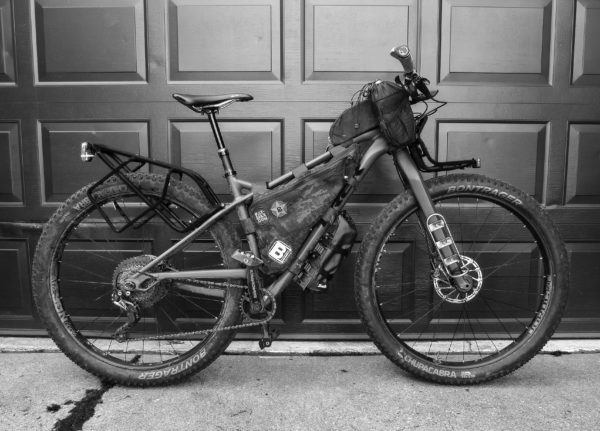
I know a lot of people hate-on the big 3 US bike brands, but in the case of the 1120, Trek designed, prototyped and then manufactured a sophisticated and elegant example of an omni-terrain adventure bike with the 1120. They created a bike that can cover everything from mountain bike singletrack to almost anyplace on earth bikepacking. The drive-side chainstay is what allows the Stache and the 1120 to handle so well. I’m used to a longer wheelbase 29+ rigid bike and the shorter chainstays of the 1120 make it handle twisty singletrack with less body english and (probably) faster. I say short cahinstays and moderately slack head angles for the win!
That being said… I’ve heard rumblings about the same issues that always come up with elevated chainstays. Bottom bracket flex and cracked frames. I didn’t experience either of those two things but if you want to run a singlespeed drive train, you might run into bb-flex issues. I ran the stock Shimano 1×10 drivetrain and the 1120 felt solid and handled an impressive variety of adventures over this past summer.

I’ve owned a Surly Krampus since they were introduced so during the test period I was able to experience back to back ride comparisons between the two bikes. It was a lot closer than I would have predicted., but I like the 1120 better than my Krampus. The 1120 has a dropper-post. (I could put a dropper on the Krampus) The 1120 handles slightly better on singletrack and somehow also managed to easily cover one hell of a lot gravel, asphalt, chip-seal and rail-trail. The 1120 replaced both my Surly Crosscheck and Krampus this summer and this past summer was the summer that I got my groove back.
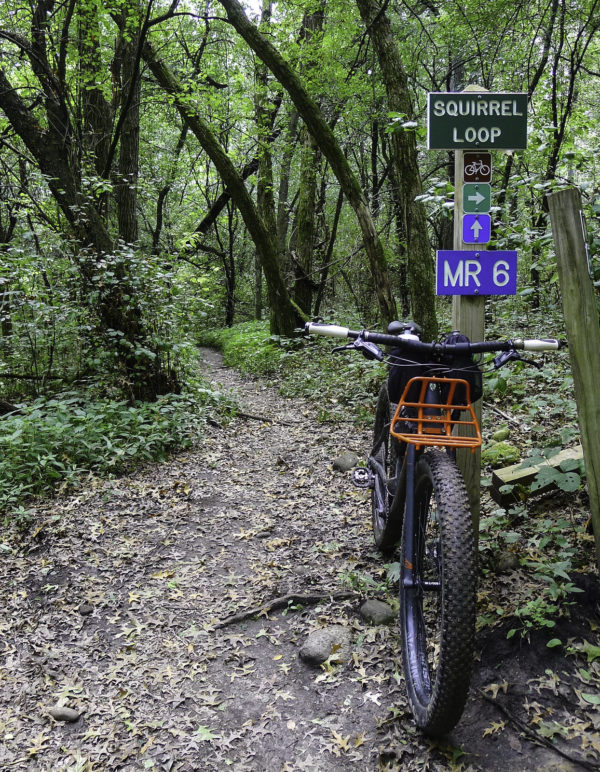
This past spring I had some minor surgery that I’d been putting off for years and during the pre-surgery doctor visits, I was diagnosed with type 2 diabetes. After the surgery, I couldn’t ride for six weeks. This was back in March. The time off of the bike made me appreciate my passion for riding and ya kwow….(stay’n alive). So I’ve changed my diet and dedicated myself to riding six days a week in hopes of returning to some modicum of physical fitness. The plan has worked (my last A1C was 5.5) and I’ve lost a bit of weight along the way. For most of that time period, I rode the 1120 for almost all of my riding. It was my gravel bike, mountain bike, bikepacking and packrafting platform. I even took the 1120 to gnomefest. I tried to utilize this ‘Swiss Army Knife’ in every way that I could come up with. I guess what I’m trying to say is that my review is based on a lot of time in the saddle during a summer that I have come to appreciate more than words can express.
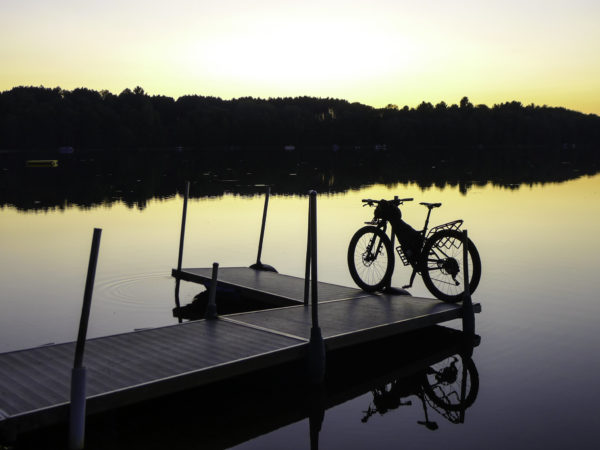
Enough about me, let’s talk about the bike – The matte gray frame and fork is contrasted by orange racks and downtube graphics. The racks are what drew me to the 1120 and that’s what most of the questions center around when people see the bike. They post “what racks are those?” The answer is that they’re made by Trek just for the 1120. The front rack attaches to the crown of the fork and the rear rack attaches to the back of the chainstays. Four bolts do the trick for either rack and they come on and off easy enough.

The 1120 also comes with a pair of drybag holders designed to mount on the rear rack. They have two large velcro straps and five ‘C-Clips’ to hold an 8-10L drybag in place as a mini pannier. The rack positions the bags so they don’t get in the way when you’re pushing your loaded bike up some steep sketchy goat trail. Trek Product Manager, David Studner shared that Travis Brown had done field testing during the development of the 1120 and had valuable input into the design of the bike’s racks. David also shared that the development team took a fresh look at how riders were using bikepacking bags to carry gear. The 1120’s racks are the product of the team’s fresh design intent.

The 1120 came with a set of 29×3.0 Chupacabras mounted tubeless to a set of SUNringle Duroc 50 SL rims laced to Bontrager Alloy hubs. The star of the wheels is the Chupacabras. Trek changed the name and now they’re called the XR2. I love these tires as an all-conditions do everything low rolling resistance tire. It’s a great choice for a swiss army bike/knife. Singletrack at 11 psi and gravel/pavement at 15psi seemed to be the sweet spot for traction sweet chewiness. (I want a pair for my Krampus). Six months of riding and the wheels were quiet, solid performers. I never experienced a flat tire or any other problems with the wheels, but I think that the rear thru-axle on our test demo might be haunted. Periodically, when I’d go to ride the 1120 the rear T/A would be loose. I’d tighten it up and it would be fine for a while, but then without warning, it would happen again. I think that my wife might be mess’n with me or we have some sort of a lefty-lucy spirit out in the garage.
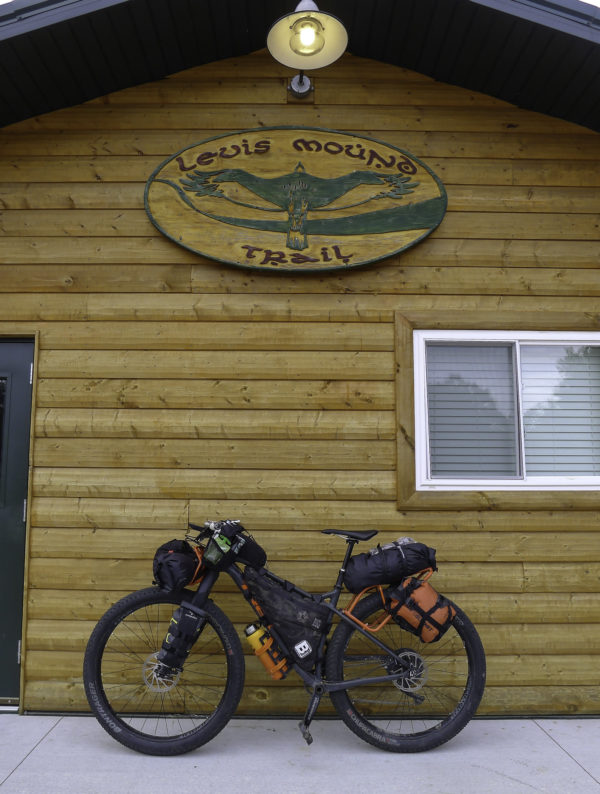
The racks make loading the 1120 with camping gear a cinch. The front rack makes it a two strap show. I think that’s four fewer straps that I need with my handlebar mount set-up. The very first thing that I did with the 1120 this spring was take a trip to Iowa City and do an overnight gravel/camp with Adam Blake and a couple of other dudes. I was able to carry way too much stuff on that trip.
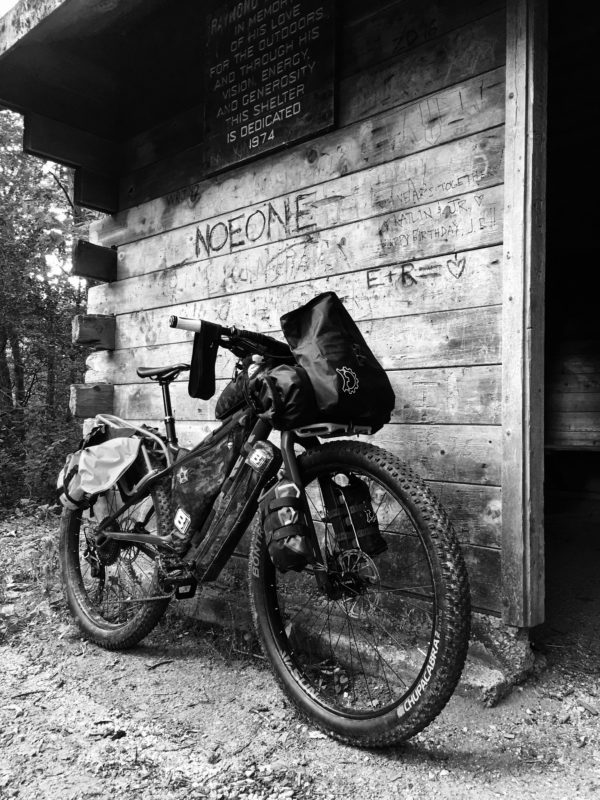
I did a three-day tour in the Kettle Moraine State Forest that I’d been daydreaming about for years on the 1120. The bike’s big wheels really come into play during off-road touring. The 1120 is a very capable mountain bike and those big wheels roll over anything in their path.

I went packrafting with the 1120 this summer. I rode out to Lake Mills and paddled across Rock Lake and then pedaled back to the ranch. The last trip that I took on the 1120, JP and I followed a route that I created with the Wahoo Elemnt Roam that I’m learning to enjoy? We rode up to one of our favorite MTB trails through the Black River State Forest near Wisconsin’s elk herd and wolf pack(s).
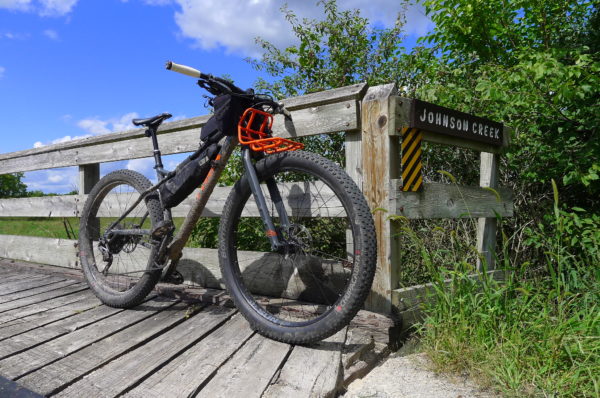
About the only gripe that I have with the 1120 is the bars that came with the standard build aren’t really my cup of tea, but who knows…you might love them. I swapped them out to a set of Fatback Sweet 16 carbon bars after a handful of rides and rode happily ever after.
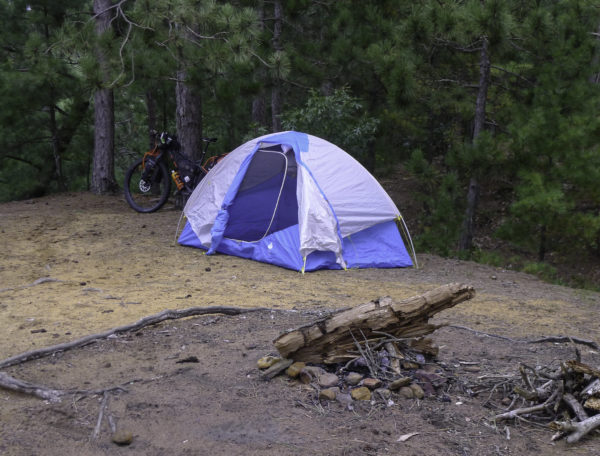
The smurfy summer of 2019 was made all the more splendid because of my time spent turning the pedals on this bike. The 1120 is one hell of a lot of adventurebike for the $2649 price tag ecspecially when you take into consideration the racks and accessories that come with the bike. I’d throw this bike at just about any adventure that a 3″ tire can handle. This thing can carry more than you need and delivers one of the most versatile fully rigid, adventure bike platforms that I’ve experienced…plus it rides real nice!

For more information about the Trel 1120 visit – https://www.trekbikes.com/us/en_US/bikes/adventure-touring-bikes/1120/1120/p/22005/

I’m thinking it is time for Trek to bring the 1120 and Stache up to date in terms of rim and tire width. Old school 3.0 tires on i45 rims are becoming obsolete. I would prefer to have the 1120 and Stache come with 2.6-2.8 tires on i30-35 rims. With the narrower tires/rims you still get most of the Plus goodness but with a lot less weight. And replacement wheels, if needed, are much easier to get. Wheels with i45 rims just aren’t that common now days.